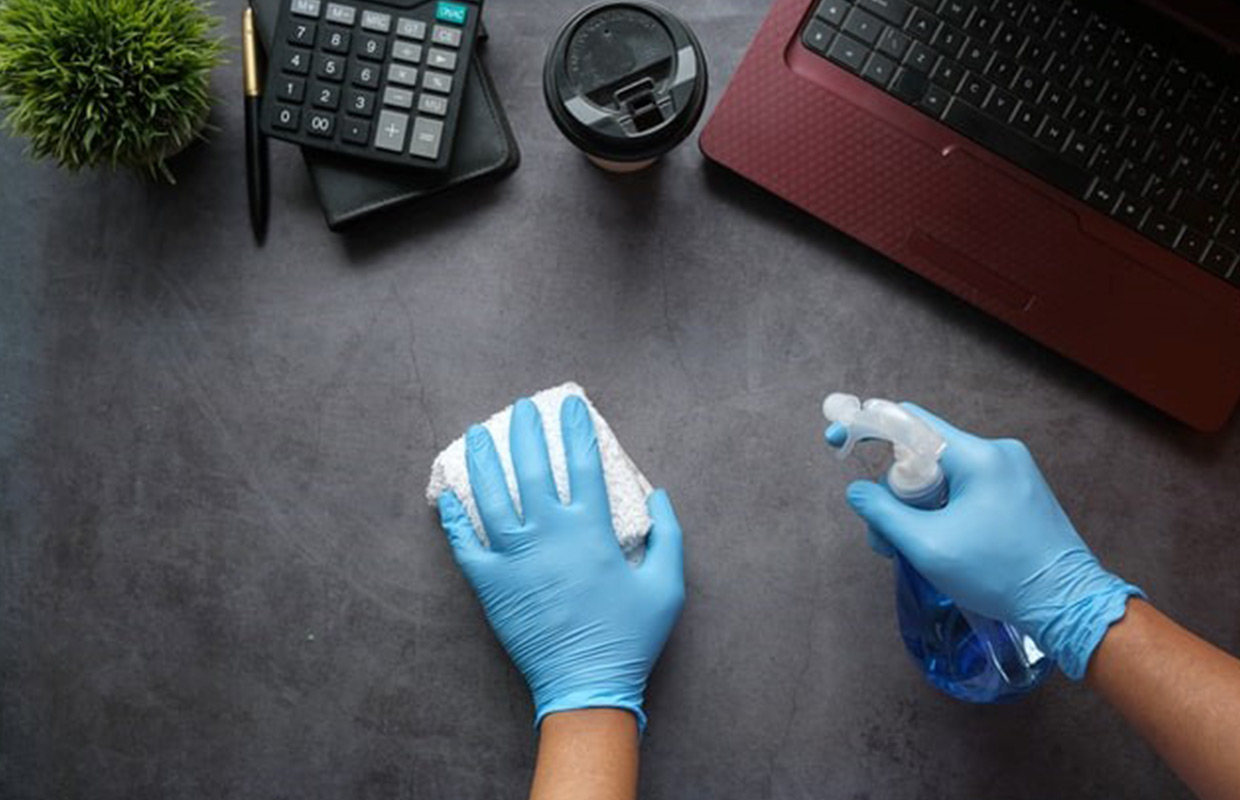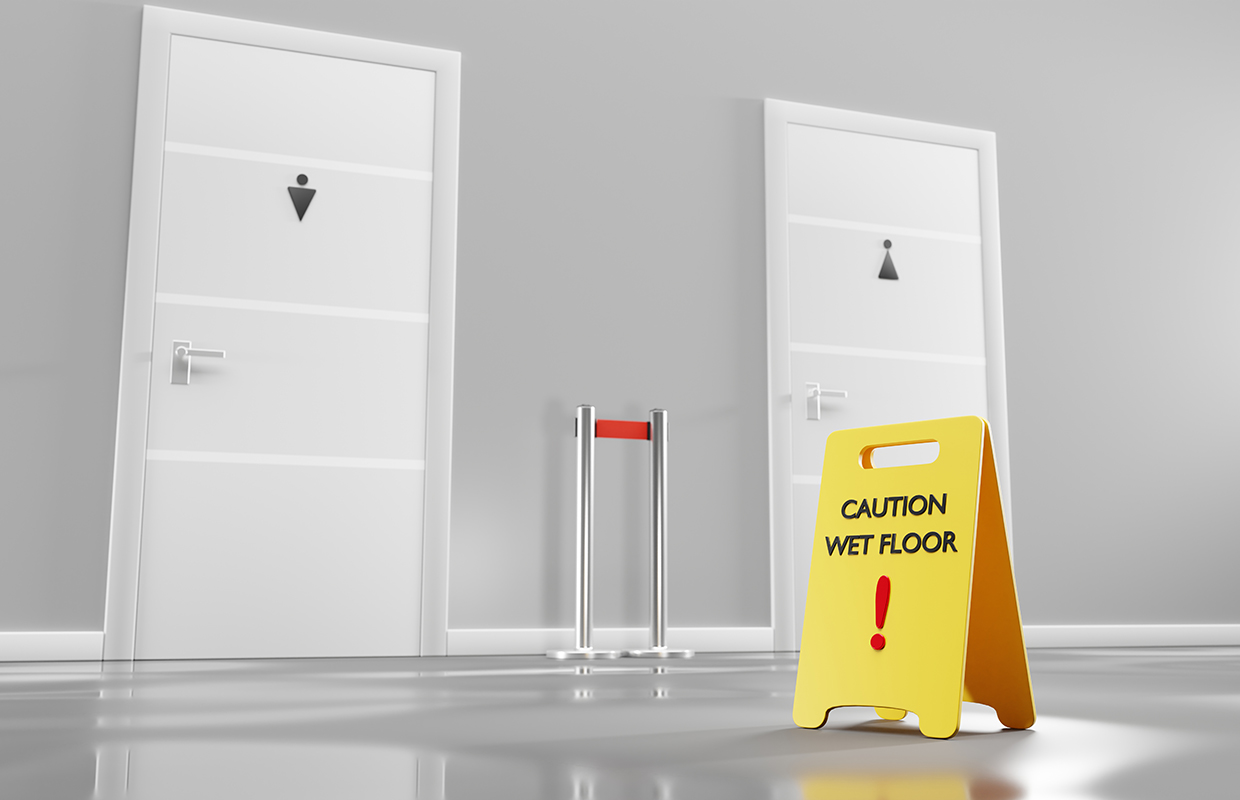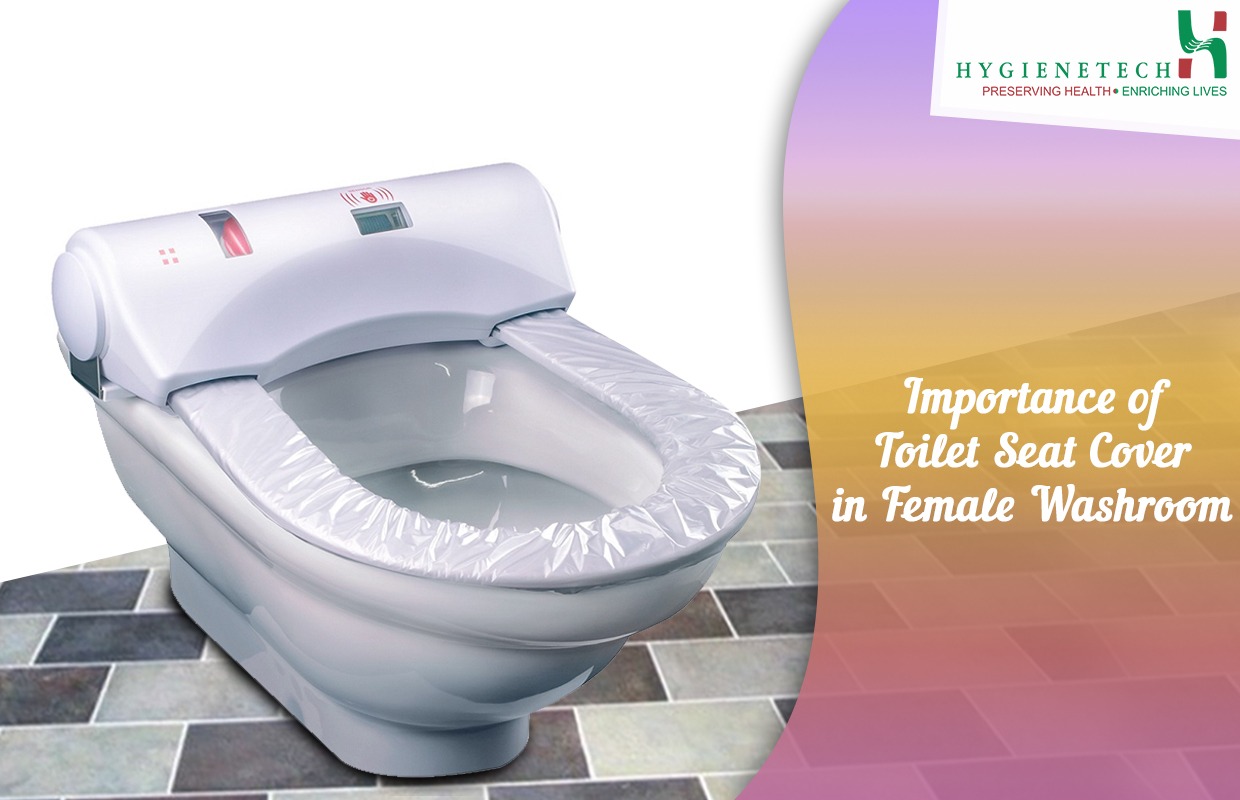Corporate Hygiene
How Can Corporate Hygiene Be Implemented Effectively?
The COVID-19 pandemic has taught us several things, right from valuing what we have, to revealing the gaps in our health system and, most importantly, basic hygiene. We have learnt good hygiene habits right from our school days. However, most of us have either forgotten them or have simply not bothered to follow them. All of this has been revived through COVID-19.
When the pandemic hit us hard for the first time, we learned the importance of washing our hands frequently with soap and water, even while in outdoor settings. We opted for hand sanitizers or portable handwashing sinks. Today, in the post-COVID-19 era, with most workplaces opening up, an increasing number of organisations are paying closer attention to corporate hygiene. The World Health Organisation (WHO) in a recent report, revealed that "70% of health infections can be prevented by following good hand hygiene and other cost-effective practices." Hence, organisations must come up with a plan to offer hygienic workplaces to their employees.
So, how can organisations come up with a good hygiene plan? Well, it can be advocated effectively by focusing on the following four key areas:
Feminine Hygiene :
Did you know that in India, around 14 million women get affected by Urinary Tract Infections (UTIs) every year? Yes, you read it right! This is the main reason why feminine hygiene should be at the top of your list when it comes to corporate hygiene. A working woman spends more than 50% of her lifetime in the office and hence maintaining hygiene in the workplace restroom is quite crucial for Admin teams.
It is important to offer a friendly environment for women to freely and comfortably change sanitary products to help them stay stress-free and improve their productivity at work. Organisations should arrange free sanitary napkin dispensers or tampon dispensers at their workplaces. These steps will create a positive work environment for women. Also, if any woman witnesses an unexpected start of her period, the availability of sanitary products will help them significantly.
The next important aspect that we need to consider is the menstrual waste disposal system. Sanitary napkins, menstrual cups, and tampons need timely and proper disposal to reduce environmental and health hazards associated with them.
Organisations can also choose to implement a feminine hygiene product disposal system. These days there are professional service providers who place a Sanitary Receptacle Bin with Anti-Microbial layers and use Anti-Microbial liners in the Bins to ensure the highest levels of hygiene. Lastly, it is also a good idea to introduce period leaves or work-from-home options for menstruating women.
Washroom Odour Management :
Stinking washrooms not only tarnish your organisation’s image but also amplify serious health issues for employees. The typical urine smell in restrooms is because of the uric deposits on the floors and the urinal side of the walls. The uric salt deposits are a feeding ground for bacteria like MRSA, HIV, Staphylococcus Aureus, Hepatitis B, and Hepatitis C. The result is a stinking washroom! This odour not just causes respiratory diseases but also attracts pests like flies which can carry disease-causing germs. The inner walls of the urine drain lines also have organic & inorganic salt deposits that intensify foul odour.
Typically, the first human instinct is to use a good air freshener to tackle foul odour, but science does not work in this way. It is important to control the odour at the source and/or neutralise it before the use of a good air freshener which can make the washroom experience a pleasant one.
It is essential to hire a professional service provider who can scientifically ascertain the real cause of odour by conducting a professional Washroom Health Checkup to ascertain not only the cause of odours (and hence the proper remedies) but also the levels of hygiene in the washroom. It is quite well known that a washroom is the weakest link in the chain for hygiene security at the workplace.
Indoor Air Quality Management :
An average person spends over 90,000 hours working indoors, and over one-third of his time is spent inhaling hazardous indoor gasses. Indoor Air Quality (IAQ) has been a long-overlooked issue as compared to outdoor air pollution. Just because indoor air pollution is harder to detect doesn’t mean it’s harmless. According to a report by the Lancet Commission on pollution and health, "In the workplace specifically, 800,000 people die every year due to poor air quality."
Poor IAQ leads to health issues right from damaging respiratory and circulatory systems to negative cognitive effects like reduced memory, impaired concentration, and lower decision-making capabilities. The indoor quality of air dips due to the presence of Volatile Organic Compounds (VOCs). These compounds are emitted from interior products and materials used for construction work such as furniture, plastics, wallpapers, cleaning materials, carpeting, copy machines, synthetic fragrances, and third-hand tobacco smoke.
There are various ways to improve the quality of air in your business environment. IAQ can be improved by using air-cleaning devices like air purifiers, etc. to keep your workplace’s IAQ at good levels. Changing HVAC filters regularly will help you prevent dust and other air pollutants from circulating back into your indoor air. Make sure your office space has a good ventilation system in place. Keep the windows open whenever possible to allow good air circulation. Last but not the least, conducting regular air tests will offer you the right information and insights regarding your IAQ.
Surface Contamination :
Traditional disinfectants are most commonly used for disinfecting door handles and other common touch surfaces that are the key drivers for cross-contamination. However, the need for continuous 24x7 protection against acquired infection as one of the lessons from the COVID pandemic has led to the rise of application of Anti-Microbial layers which are non-leaching and non-toxic to the users.
The appropriate evaluation of the chemical used should be done to ascertain the performance, approvals, recommendations, and most importantly, the toxicity profile of the product to ensure the safety of the office/guests. An ideal Anti-Microbial layer should have a proven effect of inhibiting bacteria and viruses. It should also be non-leaching and non-toxic. A good environment profile in terms of biodegradability is now generally desired by most organisations.
By addressing all of the above issues, you can provide a healthy and hygienic work environment for your employees. You can either do all of these by yourself or hire a professional to take care of all of the above.
Why Partner With HygieneTech?
HygieneTech is perhaps one of the oldest and most experienced organisations when it comes to providing scientific hygiene security solutions for workplaces. With a dedicated vertical for Feminine Hygiene, and another one for Air Care, Odour Management and Scenting solutions, we help you keep your workplace facilities safe, hygienic, and optimally functional.
Our focus goes beyond providing products and revolves around long-term Corporate Hygiene solutions that are situation-specific, economical, as well as sustainable. To know more about us, please visit https://hygienetech.in



Leave A Reply